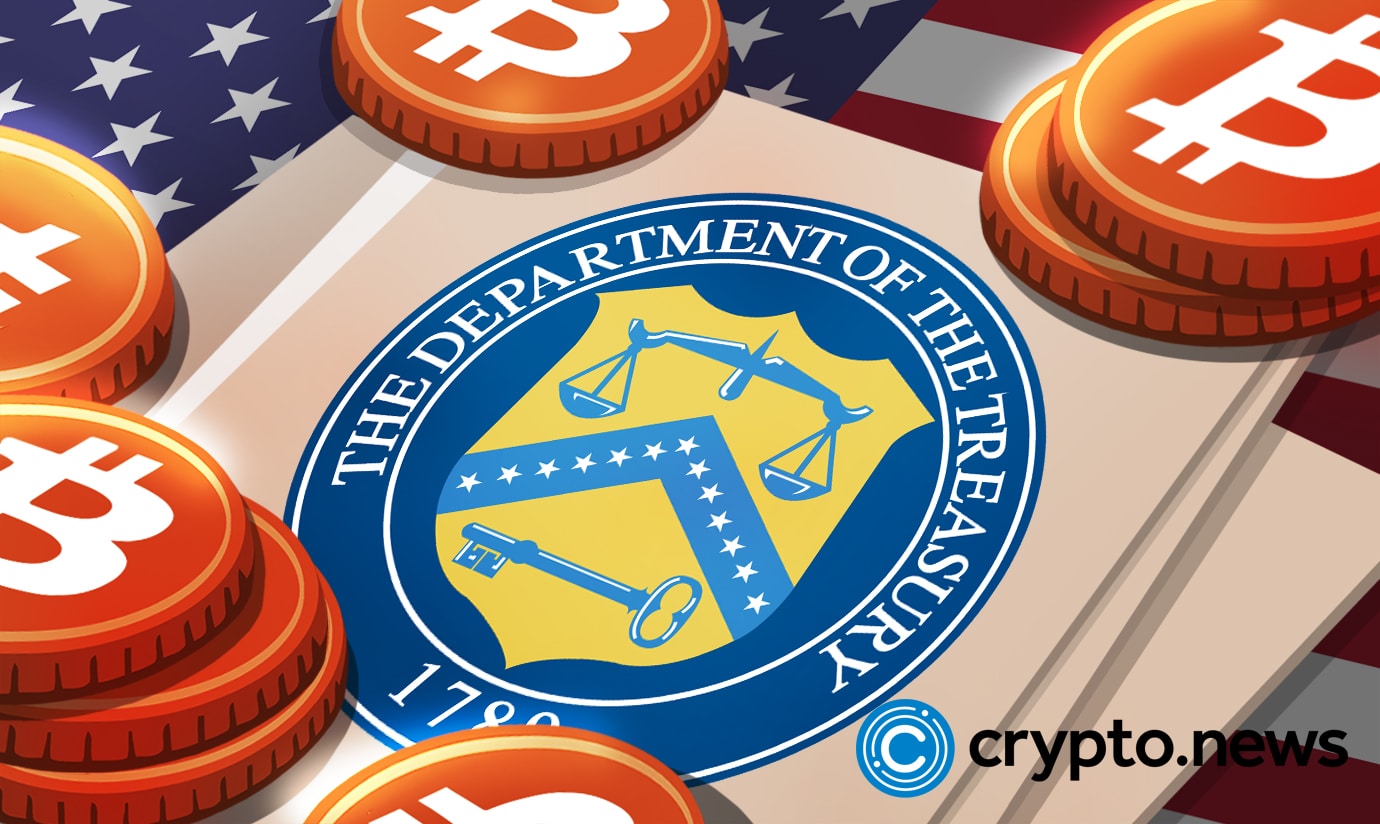Executive Order: U.S Regulators Unveil Framework for International Crypto Regulation

The United States Treasury Department has collaborated with other agencies, including the U.S. Agency for International Development (USAID) to submit an international crypto regulatory framework to President Biden on July 7, 2022. The fact sheet outlines how the agencies plan to work with regulators in other jurisdictions to ensure responsible crypto regulation, in accordance with President Biden’s executive order (EO).
Harnessing Crypto Potential & Addressing Risks
It will be recalled that United States president Joe Biden signed an executive order on digital assets earlier in March, mandating the relevant federal agencies in the country to work together on formulating a crypto regulatory framework.
Now, the Secretary of the Treasury, in consultation with the heads of other agencies, including the Secretary of State, the Secretary of Commerce, the Administrator of the U.S. Agency for International Development (USAID), and more, have drafted and sent a framework to Biden, outlining how they plan to collaborate with foreign regulators to formulate regulations that will foster responsible crypto innovation, in accordance with the directive of the executive order.
As stated in the fact sheet, the key objectives of the framework include working with international agencies to create digital assets regulatory standards that reflect U.S. values, while also protecting consumers, investors, and enterprises both home and abroad, fostering financial stability, and mitigating systemic risk.
What’s more, the framework also aims to tackle the risks of money laundering and national security challenges brought about by illicit use of digital assets, foster accessibility of safe and affordable financial services, support innovation that promotes legitimate development and use of crypto by advancing research and relationships that increase shard learning.
The Action Plan
Importantly, the framework aims to “Reinforce U.S. leadership in the global financial system and in technological and economic competitiveness, including through the responsible development of payment innovations and digital assets and by advancing technology and regulatory standards that align with U.S. values.”
To achieve the goals outlined in the framework, the regulators have buttressed the need for the United States to continue to work with international organizations and regulatory bodies such as the Financial Action Task Force (FATF) and the Egmont Group of Financial Intelligence Units (FIUs), to lend a helping hand to other nations in terms of implementing the FATF standards for virtual assets and virtual asset service providers (VASPs), raise awareness about ransomware and money laundering threats, and more.
The regulators have also urged the United States to continue its collaboration with the G7, G20, the Financial Stability Board (FSB), the Organization for Economic Cooperation and Development (OECD), the International Monetary Fund (IMF), the World Bank, and Other Standards Setting Bodies (SSB).
“The United States will continue to participate in sectoral and cross-sectoral international standard-setting bodies related to digital assets and will increase our work in these forums to ensure that we play a leading role in developing associated standards. Standard-setting in the rapidly evolving digital asset ecosystem is critical to ensuring that many of our key policy priorities – from privacy, to respect for democratic values, to interoperability that reduces cross-border frictions and increases access to safe and affordable financial services – are incorporated into any new systems,” reads a section of the fact sheet.












